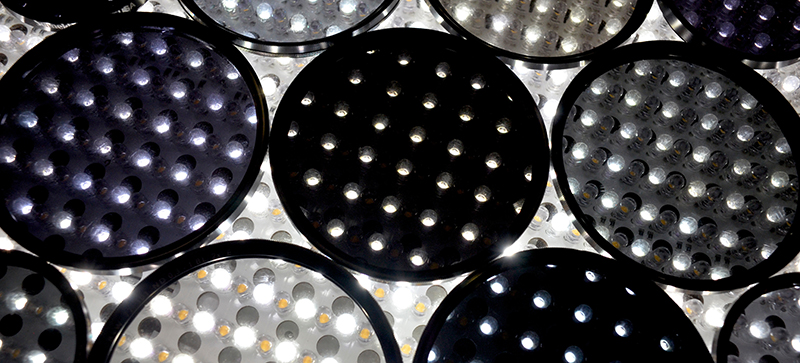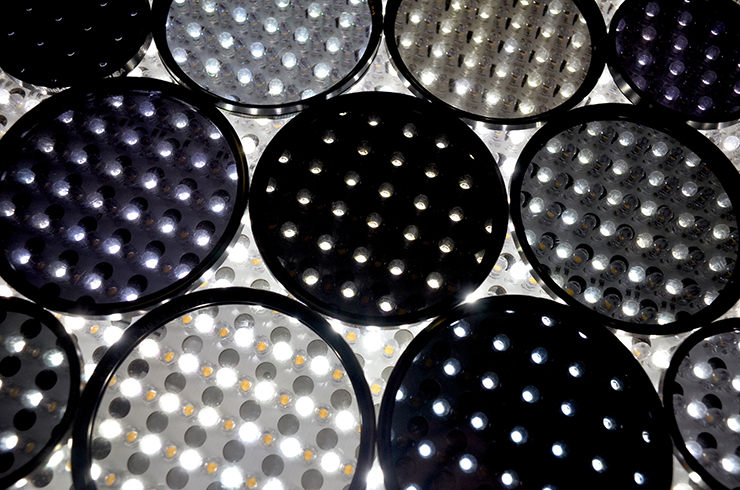What filters do I need when shooting motion with my Nikon HD-SLR? —via Twitter
When shooting motion, it’s absolutely necessary to have neutral-density filters, or ND filters.
When it comes to choosing ND filters, the fundamental philosophy for still photography also applies to motion. That is, don’t go cheap when buying filters! Putting a cheap glass filter in front of an expensive lens is akin to loading up a $6,000 Italian espresso machine with Folger’s coffee.
If you’re going to spend top dollar to buy fine Nikon lenses with sharp Nikkor glass, then you don’t want put a cheap, crappy filter in front of that.
We use an array of Schneider Optics B+W filters. And just like you get routine oil changes for your car, we routinely update these filters—buying our set of new ones all at once.
Start yourself out by getting a variable ND filter. Variable ND filters have two elements; as you spin the outer filter, you let more or less light in. This will be the most bang for your buck as you’ll have one filter that offers a wide range of exposure control.
The issue with variable ND filters is that, as you add more “ND,” they can create vignettes on the edges of the frame; sometimes, they can also create strange patters in your mid-tones, particularly skin tones.
Despite the occassional issue with tones, variable ND filters work quite well. They are great for the one-man-band style of production, when you’re alone and need to be fast and light in your approach. I use variable NDs when I’m alone or crunched for time.
The next step up from a variable ND filter is to get an array of individual ND filters, each with different levels of density. These offer the best exposure control with no strange toning issues or pattern issues due to the inconsistent filtration of light.
Downsides are that clearly, you’ll pay a lot more for all those individual filters. You’ll also have to carry around significantly more equipment. Finally, swapping them in and out can be time consuming.
In situations where you’re recording with two cameras, an A and B cam, you’ll need to make sure that each camera has the same filter to make sure that each image looks the same. In two-camera situations, variable NDs don’t work.
The last upgrade is to graduated (or split) ND filters. Graduated ND filters are half clear, half ND, and can be lifesavers when shooting situations with two drastically different exposures. For example, a dark valley foreground with a beautiful bright sunset above in the background.
So, start with a variable ND. Upgrade to the full set of individual NDs, and finally invest in a set of graduated NDs.
And remember: don’t go cheap or you’ll defeat the purpose of owning a great Nikon lens.


1 comment
Cool, that might have been my question on Twitter. Thanks for sharing!
I use ND filters a lot and I was wondering if you ever use Polaroid filters when shooting motion?
Comments are closed.